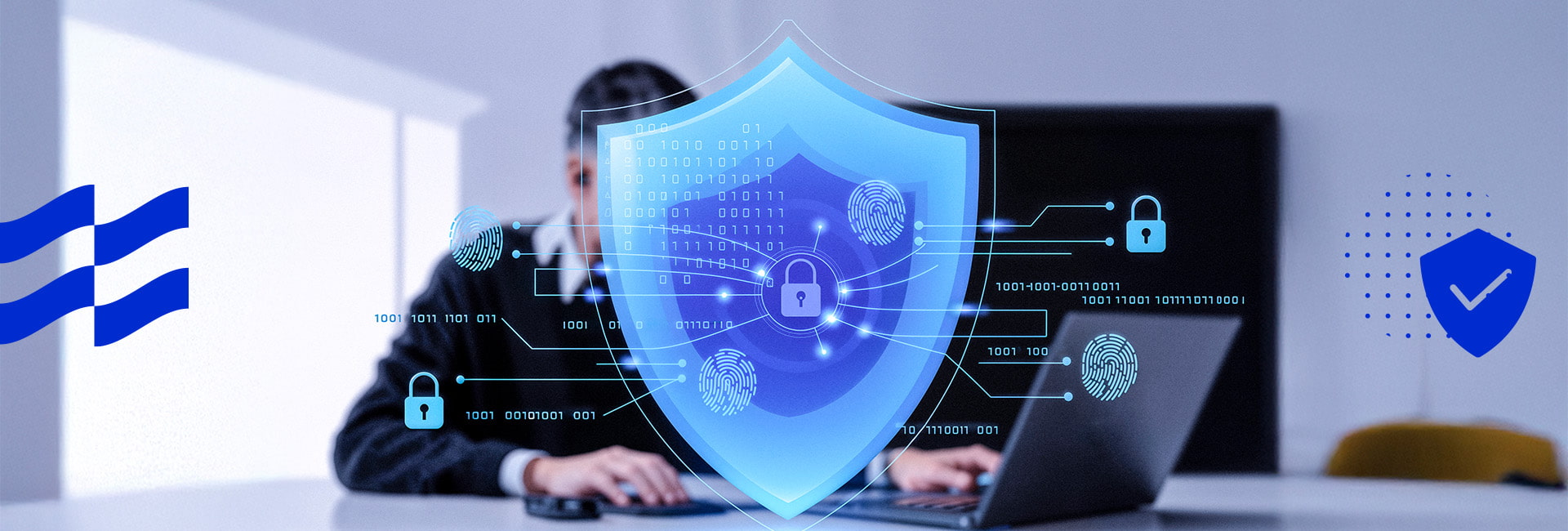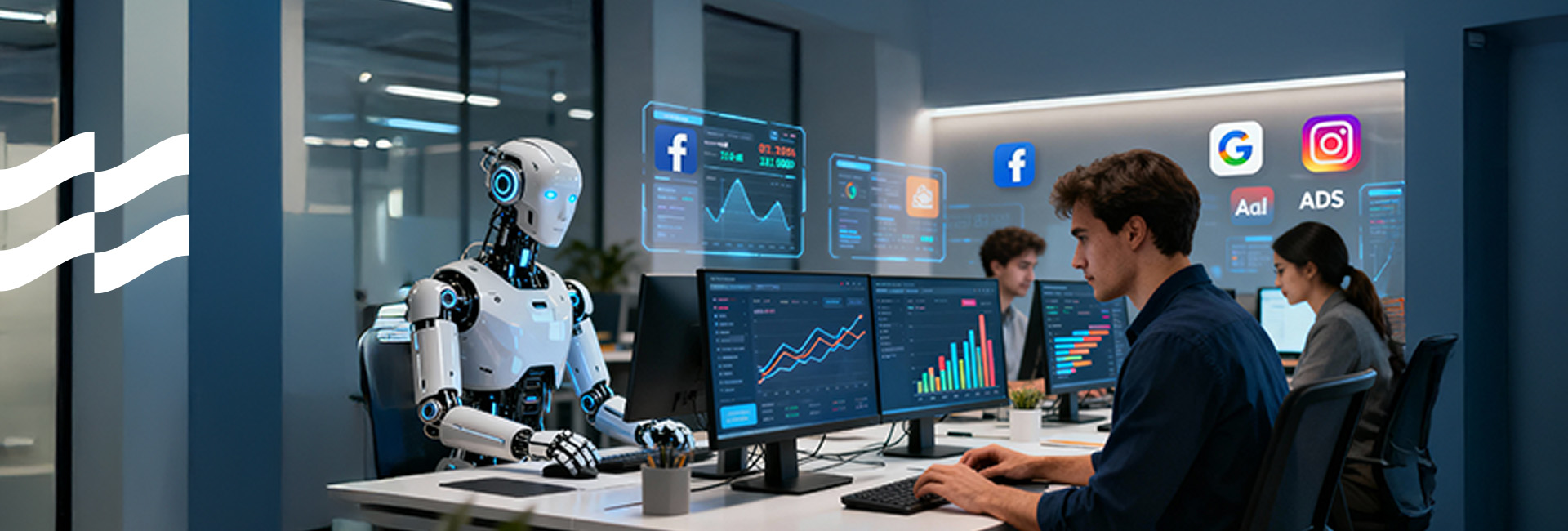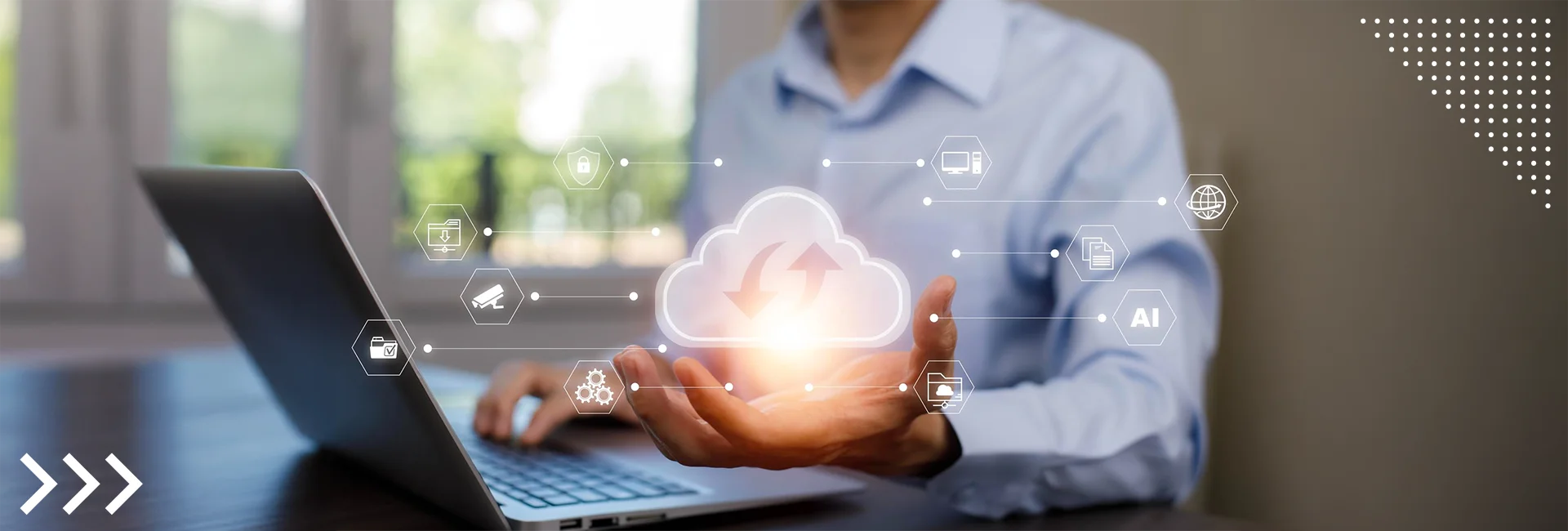Businesses need to outsource video annotation to enjoy a competitive advantage when intending to incorporate AI and machine learning. In the modern world of AI, companies are using it for self-driving capabilities, video analysis, and many other things, and the results of those activities depend on data labeling at scale.
- How Various Industries Can Benefit From Video Annotation
- What Are Video Annotations Used For?
- Why Is Video Annotation Important for Businesses?
- Types of Video Annotation
- Managing Video Annotation In-House: Key Challenges & Considerations
- Why Should You Outsource Video Annotation Services?
- How FBSPL Can Help You
Video annotation is time-consuming, detail-oriented work that is best suited for outsourcing since it includes viewing videos and identifying suitable frames to annotate. This way, companies can dedicate their efforts to generating value and line-of-business work, with confidence that their data inputs are clean and reliable – all without the expense of developing annotation operations in-house.
How Various Industries Can Benefit From Video Annotation
- Tech companies use video annotation in enhancing the efficiency of some of their applications, for instance face recognizer, object detectors, etc.
- Retailers can track the structure of the store and the techniques used in selling in order to boost the sales.
- Healthcare providers use the video annotation as it allows the doctors and other medical personnel to process the data they get from the patients resulting in better diagnosis and treatment.
- Automotive manufacturers need video annotation to educate self-driving cars about identifying pedestrians, traffic signs, and other road components.
- Security firms can improve the possibilities of automatic detection of objects and activities on real-time video streams.
What Are Video Annotations Used For?
1. Training Machine Learning Models
Video annotations are most commonly applied to teach the AI model information as it is being tagged so that the model can learn to recognize the various aspects of a picture. AI systems trained on such metadata can identify objects, people, or actions on the video in the subsequent content and improve their real-world performance.
2. Industry-Specific Use Cases
- Tech: Refines the end product of software used in visual recognition, such as customized search and automatic tagging.
- Healthcare: It helps to find patterns in images and videos relating to medical cases, which leads to good diagnoses and treatment plans.
- Automotive: Formerly applied in teaching self-driving cars to differentiate objects on the road, enhancing safety and accuracy.
- Security: Improves methods of video surveillance for monitoring purposes and threat identification.
- Retail: Monitoring customers' movement and behavioral trends to enhance product positioning and promotional techniques.
Why Is Video Annotation Important for Businesses?
It is worth mentioning that in the age of advanced technology, artificial intelligence is being integrated virtually in all industries. There are different applications that work with video data for decision-making, automation processes, and visualization. However, these AI systems must be trained on properly annotated data to achieve high-performance levels in these applications. This is where video annotation becomes important for businesses.
1. Increase Accuracy
Structured video data in a specific format with proper annotations is required to achieve accurate & efficient predictions and decision-making by AI models. It does not matter if it is an automobile on the highways or a healthcare system interpreting videos of patients, proper annotation is key. When it comes to autonomous driving, the car needs to distinguish one object from another on the road. In the healthcare domain, video analysis can be used in the diagnosis of patients. In both cases, the first and detailed annotation serve as the basis for AI systems that can then learn patterns of behavior and actions such as tracking an object, a patient, or even a car.
This is a very big problem because poor labeling might result in making mistakes in the future; therefore, accurate video annotation is important in such applications.
2. Enhance AI Training
AI models need a lot of labeled training data to learn from and enhance themselves. Video annotation is an excellent way to introduce structured and detailed information into the AI system and make it capable of learning objects, movements, and behaviors in various situations. Thus, companies that adopt high-quality video annotation methods for AI systems tend to achieve better performance. This is particularly true in sectors such as retail, for which customer behavior patterns are critical, or automotive applications, where the system must identify potential hazards on the road.
3. Stay Competitive
Staying competitive is essential because as industries change dynamically, implementing and using AI proves to be a strength. Everything from security surveillance to customer experiences is shifting to AI applications, and companies who invest in these technologies now will leave the competition behind. If video annotation is done correctly, companies can update and tweak their AI models, thus placing them at the edge.
In conclusion, it is crucial to differentiate between simple video annotation and video annotation as part of a sophisticated AI model creation process. This is essential for upgrading the effectiveness of various industries.
Types of Video Annotation
Video annotation comes in different forms, depending on the application required. Some of the most common types include:
- Object Tracking identifies and tags objects that appear and reappear within the video. It is used mainly in self-driving cars and monitoring systems.
- Event Tracking describes specific behaviors or occurrences in a video stream, such as setting the start of a walking motion and object transportation.
- Polygon Annotation: Used to mark objects or areas with irregular forms in a video helpful in defining structures or landscapes.
- Keypoint Annotation: Highlights particular points on a person or an object, like joints or facial features, commonly used in gauging motion or gesture.
- Semantic Segmentation defines each point in a video frame and is used mostly in object detection for self-driving cars.
Managing Video Annotation In-House: Key Challenges & Considerations
Although it might appear financially viable to handle video annotation in-house, several problems with this approach can interfere with your AI projects.
1. Time-Consuming Process
It is very time-consuming to manually label the video data, particularly thousands of frame data in a single video. Manually labeling each frame may thus be very time-consuming, which greatly slows down the progress of your project implementation and AI model deployment.
2. High Resource Demands
Setting up a dedicated annotation team and sustaining it involves a lot of investment. This entails the process of recruiting and training relevant annotators, procuring specialized annotation equipment, and establishing the required frameworks. These demands can be costly and remove focus from your team’s core responsibilities.
3. Quality Control
It is challenging to guarantee quality control on such a massive scale. There is a possibility of getting wrong results without a proper quality assurance process in artificial intelligence systems.
4. High Costs
Having an annotation team in-house takes time and requires funding, which may be huge for lengthy projects with a large quantity of data. As you can see, these costs lead to the accumulation of huge amounts under operating expenses.
5. Data Security
When dealing with personal information, like medical records or surveillance videos, high levels of data protection are maintained. Maintaining this function in-house may be difficult; it exposes your business to risk without the right security measures.
Why Should You Outsource Video Annotation Services?
Outsourcing video annotation to specialized providers has many benefits, which makes this option the most correct decision for a business that wants to use AI effectively. Here are the key benefits of outsourcing video annotation services:
1. Cost-Effective
Outsourcing helps avoid direct cooperation with the annotated staff and their recruitment, training, and management. This, in turn, can lead to decreased operational costs within recruitment and training, using efficient software tools, and infrastructure costs. When engaging a service provider in outsourcing, the business is positioned to optimize its resources in areas with more value, such as innovation and product development.
2. Scalability
Outsourcing provides the option of scaling up the tasks depending on the feasibility of the project at hand. Outsourcing partners are flexible in the number of annotators they recruit by swiftly scaling up the workforce, whether you require a few workers to complete a small project or many annotators for a large project. This makes it possible to respond more quickly to project requirements without considering the need to expand the internal staff.
3. Expertise & Quality
Outsourcing allows you to work with people who know that kind of work from video annotation well. These experts are trained to provide the most accurate annotations for your AI models, thus increasing their quality. They also possess advanced tools and often advanced industry knowledge to work effectively.
4. Faster Turnaround
Outsourcing providers employ people who are solely responsible for performing annotation tasks. It also allows them to deliver annotated data much faster, which can be especially beneficial for projects on short deadlines and when necessary to speed up project work.
5. Access to Cutting-Edge Tools
Outsourcing partners also employ the latest annotation tools and integrated artificial intelligence applications that create more accurate annotations. They afford direct access to specialized technology that retains higher quality standards without forcing organizations to invest within the system.
How FBSPL Can Help You
FBSPL's services complement your needs for video annotations that will create more effective and accurate AI models. Our qualified annotators have extensive experience working with video data to support the healthcare, automobile, security, retail, and technological sectors. This enables us to provide accurate and consistent annotations as per the requirements for each project.
We prioritize privacy and security, guaranteeing that sensitive and confidential information is managed with precision and care. We have strict security measures to protect your information while providing professional annotation services. Scalability is one of the key strengths of our solutions, meaning that we can easily accommodate both small-scale and large-scale production.
Get a free consultation with our video annotation experts to discuss specific needs of your company. Learn how we can help you optimize your AI project and improve your project’s performance. Reach out now to get started!





